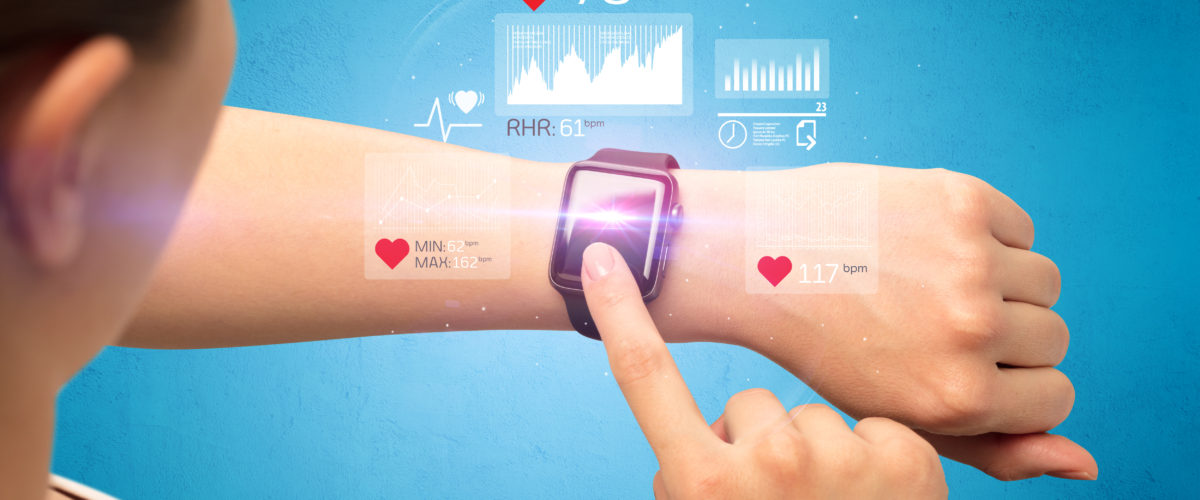More tech means an easier life and more connection. It also means more concerns about privacy. Smart wearables are no different.
Wearable technology devices are common these days. Either as part of complementary accessories of fashion or just as fitness trackers, people are making them trendy anyway. These devices are being marketed by tech companies as fitness tracking devices that will help people live a healthier lifestyle. These devices display reports of our health and fitness status parameters by monitoring our steps, heartbeats, blood pressure, calories burned, sleep range, and so on.
The question is, do they really keep track of our health and fitness metrics accurately? Are they doing anything besides tracking our health and fitness parameters? Are they evolving into tools for the invasion of our privacy? Are they going to pose new concerns about the sustainability of the environment?
How Accurate Are They?

Wearables are labeled under the umbrella term Internet of Things (IoT) as they are interconnected to wireless devices and actively collect real-time data about our daily lives. Today, purchasing fitness trackers is much easier and less expensive than it was previously. On top of that, they are made to track our fitness metrics with their embedded sensors. But how accurate are these sensors?
Smart wearables, in order to count steps, make estimates of steps based on the relative body movement. So, what they are basically doing is guessing. Most wearables accomplish this by using their built-in accelerometers and gyroscopes. Accelerometers help detect the motion of the body, while gyroscopes help detect the orientation of the body.
Moreover, because different trackers use different algorithms to keep track of all this data, no two wearables will report the same results. Health and fitness parameters such as caloric burn and sleep stages may appear differently depending on the device tracker. Also, heartbeat results depend on how tightly we are wearing the trackers.
For the above reasons, we can’t really rely on the numbers these devices display. These are devices that can easily confuse hand movement with walking. Instead, we can use them as a reminder and motivation to avoid sedentary living.
Why Are Fitness Wearables Trendy?

Wearable technology has created an intriguing experience for everyone who uses digital devices. As far as aesthetics is concerned, they are designed to go with our daily outfits, offering an elegant look. It appears most people are fashion sensitive. Hence, one of the primary goals of wearable technology was to make them smaller, versatile, and stylish. Smart wearables, nowadays, have all these attributes, making them so trendy.
Apart from that, their connectivity to smartphones is a real convenience. Getting notifications about every alert with the capability of blocking irrelevant notification sources makes them even cooler. Besides the common features these devices share, they are even becoming trendier as more wearables include features like messages and calls reply, chatbots like Alexa, GPS trackers, temperature-humidity reports, and so on. The more the convenience, the wider their usage among the public.
The Challenges of Wearable Technology

One of the primary challenges of wearable devices is privacy and security issues. As fitness wearable technology is expanding into a wide range of products, besides the obvious function, which is to keep track of the metrics of our fitness information, they are also actively collecting data about every moment of our lives. In case they get hacked, they could serve as a door to the invasion of our private information.
Another challenge that comes with these wearables is the matter of sustainability. As these smart wearables get less expensive, the demand for the devices is rising. Which in turn results in the mass production of these devices. This situation can have an undesirable impact on the environment due to increased production of electronic components, increased e-waste from the disposal of devices, and increased energy usage. Due to the long hours of connectivity, these devices require constant charging, which increases the energy consumption of the devices. Therefore, one challenge that is left for the future is to find sustainable alternatives to production and to design energy-efficient products that last a long time without charging.
What to Expect in the Future?

According to the Businesswire report, the global wearable technology market is expected to be worth $118.16 billion by 2028, growing at a compound annual growth rate (CAGR) of 13.8 percent between 2021 and 2028. Such a lucrative market opportunity is an inspiration to tech companies to innovate in the enhancement of health and fitness wearables by including new product categories.
Furthermore, as the applications of wearable technology expand and mature, designers are presenting new opportunities to influence how people engage with the digital world. Therefore, from the trends of where technology is heading, it is fair enough to say that the future of wearable technology may also involve implant technology, which involves implanting a Wi-Fi chip in the frontal lobe. According to tech companies, this is a more convenient and optimal way of controlling our digital devices.
Photo: Fitness Wearables/Shutterstock
You might also like:
Capsule Neural Networks: Biologically-Inspired Artificial Intelligence
Support us!
All your donations will be used to pay the magazine’s journalists and to support the ongoing costs of maintaining the site.
Share this post
Interested in co-operating with us?
We are open to co-operation from writers and businesses alike. You can reach us on our email at [email protected]/[email protected] and we will get back to you as quick as we can.









